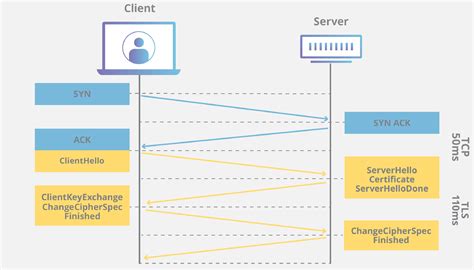In the ever-evolving landscape of software development, the introduction of Stack marks a significant development in the way authentication systems are incorporated into applications. Launched with the promise of easing the burdensome process of user management and authentication, Stack positions itself as not merely another tool but as a game-changer in rapid deployment. With features like SignIn and AccountSettings components that adapt seamlessly to any theme or design system, Stack aims to liberate developers from the intricacies of backend security systems, permitting them to focus on front-end innovation and application design.
The dual licensing strategy adopted by Stack has catalyzed a notably diverse set of reactions within the developer community. On one side, Stack’s AGPL license for the server-side ignites debates around the so-called ‘virality’ of AGPL, concerning enhancements having to be disclosed if deployed. Moreover, skepticism abounds regarding the potential deterrent this might pose for larger enterprises, which might hesitate to adopt the platform for fear of inadvertently exposing proprietary code. Such a licensing model might push enterprises to consider a commercial licensing agreement, which currently isn’t on offer from Stack, hence potentially limiting its broader uptake.
Despite these concerns, proponents of Stack argue its code transparency under an AGPL license ensures a higher degree of security and accountability — essential in today’s cybersecurity climate. The logic follows that if price hikes or other adverse changes were introduced, the community could fork the project, ensuring a sort of democratic control over the tool’s evolution and use. This open-source approach, coupled with MIT licensing for client-side tools, provides a balanced proposition that could encourage adaptation and potential customization.
Critically, the technical specificity and integration capabilities of Stack have come under scrutiny. Users are notably vocal about the platform’s current limitation to React/Next.js frameworks, potentially alienating a wider audience that operates on different technology stacks such as .NET or Java, often preferred in enterprise environments. The development team, however, seems responsive to this feedback, with plans to accommodate more diverse frameworks like Vanilla JavaScript, which may broaden Stack’s appeal and practical utility.
Lastly, the comparison with existing solutions like Clerk or Auth0 provides essential insights. Users are particularly drawn to Stack for its open-source nature, which contrasts sharply with Clerk’s user-reported ‘predatory pricing’ and Auth0’s limited customization options. The Stack model, offering core services under a liberal license, could reshape how developers approach authentication services by offering a self-hosted, customizable solution that adjusts to the budget constraints and technical diversity of a wide range of projects. As it stands, Stack’s promise and its nascent but passionate community discourse illustrate the significant niche it seeks to fill in a market hungry for adaptable, transparent, and cooperative software solutions.


Leave a Reply